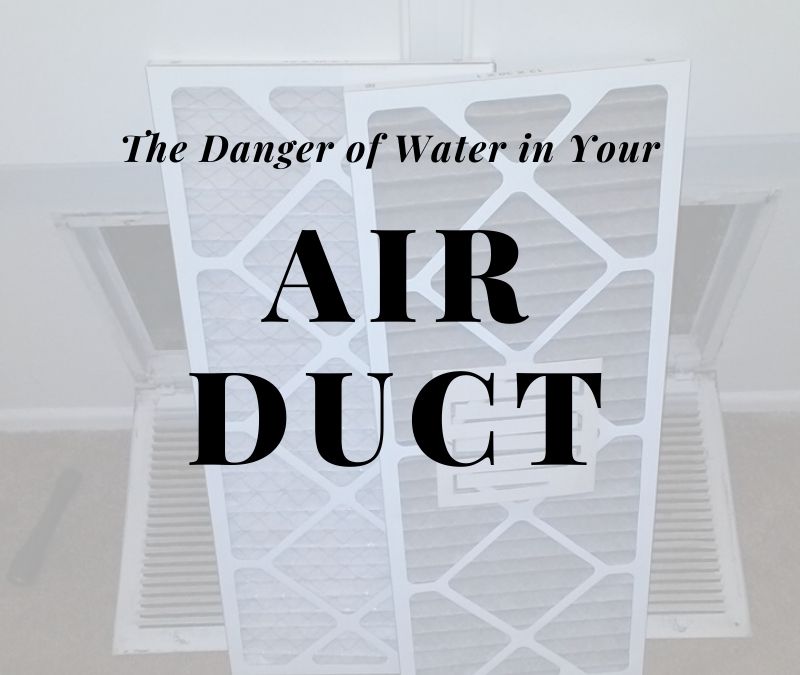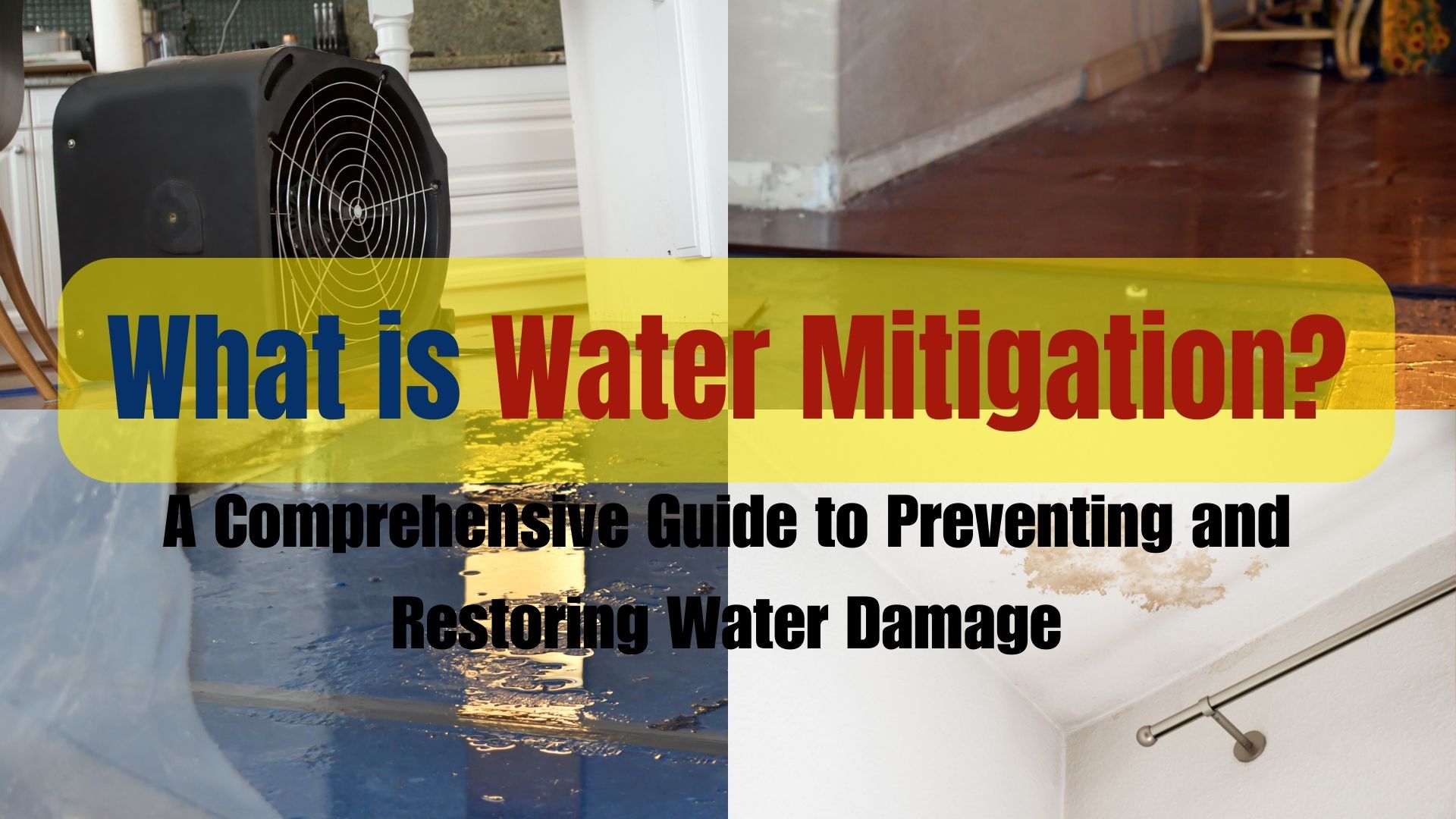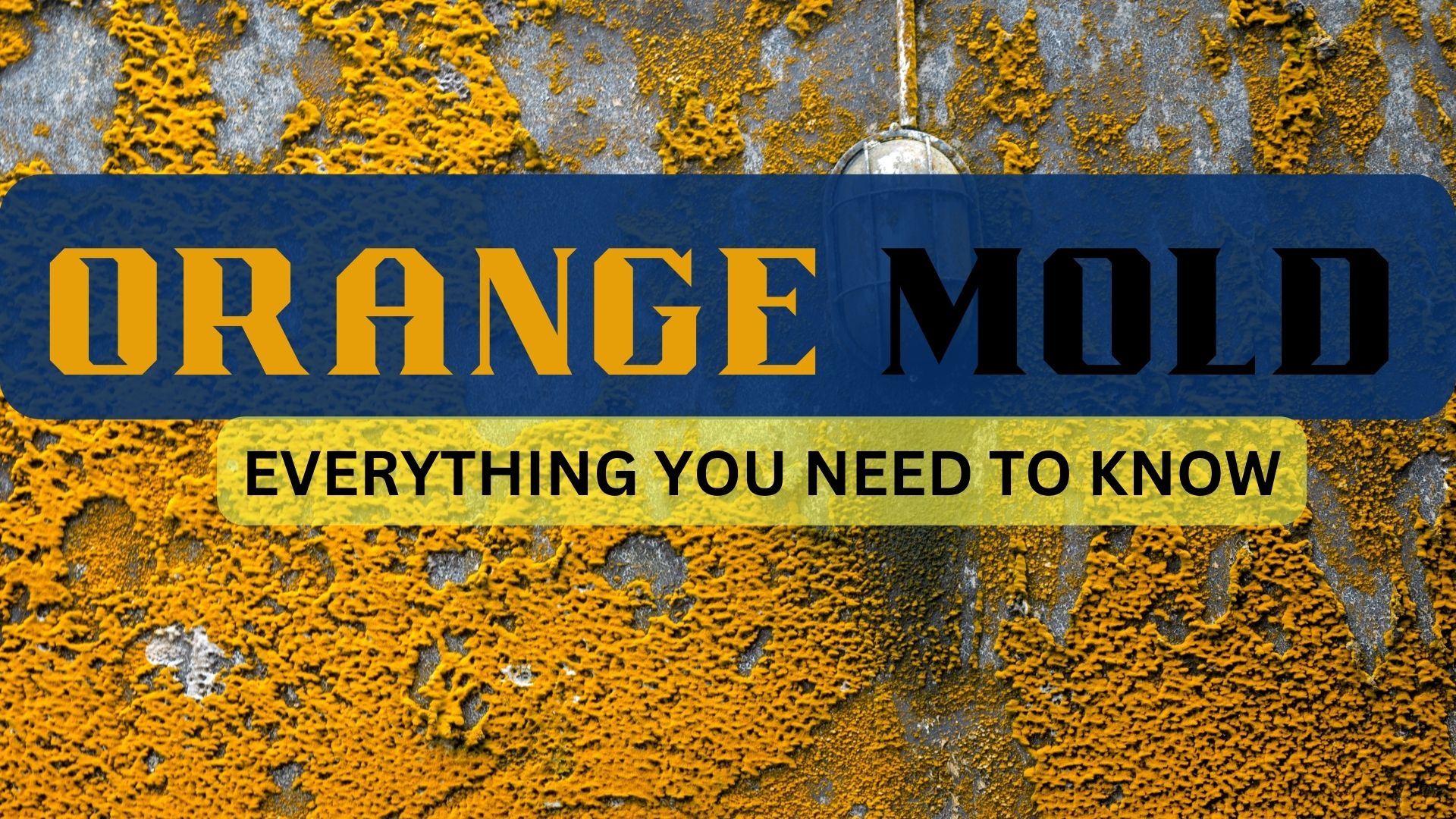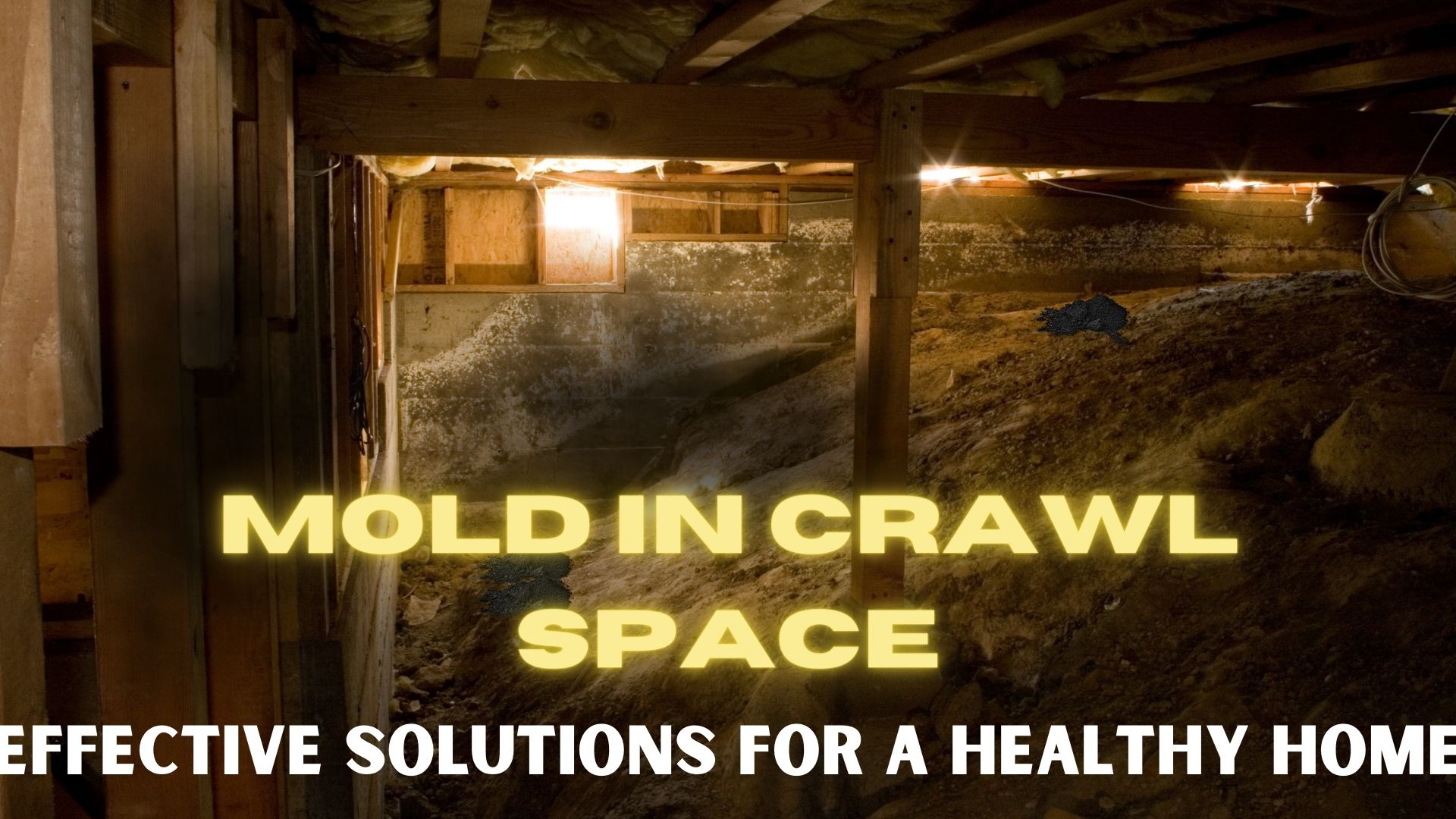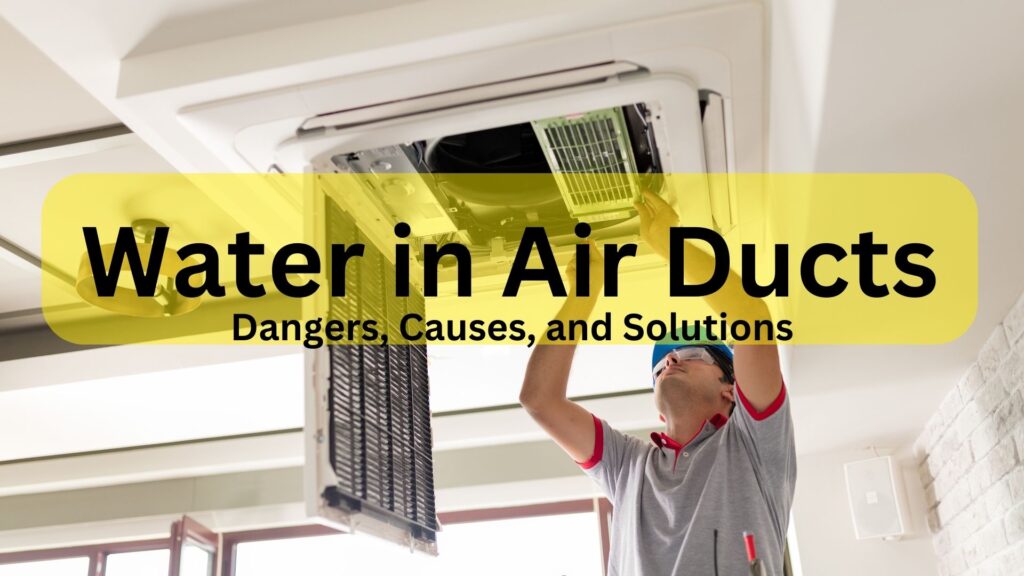
Have you noticed water droplets forming around your air duct? It could be the moisture build-up that occurs mostly in the summer months when your AC unit works the hardest to cool down your home. Moisture can seem harmless, but when left untreated, it can lead to destructive problems and expensive repairs. In this article, we will discuss the causes of water in air ducts and provide solutions to help reduce moisture and prevent damage.
Causes of Water in Air Ducts
There are several causes of water in air ducts, including:
- Excess humidity: If the air inside the ducts is too humid, it can condense and form water droplets inside the ducts.
- Water pipe leaks: If there is a water pipe leak near the ducts, it can cause water to seep into the ducts.
- Crawl space moisture: If the crawl space beneath the ducts is damp or humid, it can cause moisture to seep into the ducts.
- Duct temperature: If the air inside the ducts is cooler than the surrounding air, it can cause moisture to condense inside the ducts.
Solutions to Reduce Water in Air Ducts
Adding insulation: Proper insulation can help regulate the temperature inside the ducts, reducing the risk of condensation.
Air conditioning: Running the air conditioning can help reduce excess humidity in the air, reducing the risk of water droplets forming inside the ducts.
Proper insulation in the crawl space: Insulating the crawl space can help reduce moisture levels, preventing excess moisture from seeping into the ducts.
Fixing water pipe leaks: If there is a water pipe leak near the ducts, it should be fixed immediately to prevent water from seeping into the ducts.
The Danger Of Water In Air Ducts
These droplets of water might look small, but they can cause negative effects on your health and home.
- It Can Lead To Mold Growth
Moisture build-up on your air duct can cause mold to grow. Giving mold enough time and condition to grow, it can spread in your entire home and cause hazards to your home’s structure. What is even worse is it can easily spread through your vents attacking your carpet, furniture, and other materials prone to mold growth. Aside from that, mold spores spreading in your home can reduce your indoor air quality and promote health hazards such as asthma, rhinitis, allergies, and other health issues.
- It Can Affect Your Home’s Insulation
The water that builds in your duct can drip into your home’s insulation, reducing your home’s insulation R-value. Gradually, the weight and moisture can compress your insulation, and the more it gets compressed the lesser it becomes efficient.
Remember that your insulation helps you save up to 10% of your total annual energy bills. When the R-value of your home’s insulation decreases, you might be facing unwanted energy loss and higher utility bills.
- Water Droplets Can Cause Severe Water Damage
Moisture build-up in your ductwork can be the source of water damage to your ceiling, roof, and walls. Little by little, they can cause corrosion or decay in those materials and if moisture stands for a longer time can compromise your home’s structure.
How To Prevent Moisture Build-up In your Ductwork
Now, that you understand the danger water in your ductwork can do, taking some preventative steps is crucial.
Prevent Water in Air Ducts
- Insulate Your Duct Work
Insulating your ductwork not only helps in saving energy, but it also prevents them from having condensation build-up. In the cold season, you can prevent moisture to form by allowing warm air to circulate through unused ductwork.
- Seal Unused A/C Vents
Seal off unused A/C air ducts and supply and return vents if moisture is persistent, especially in winter. Remove the blockage to allow airflow properly and make sure not to airtight the dampers. Moreover, you can use foam-board insulation or plastic sheeting to close the duct.
- Repair or Remove Underlying Issues
As mentioned, there could be a lot of sources of moisture build-up. It can be the water leak from your pipes or a leak that is coming from the roof. Or, maybe the clothes dryer vent flows freely and leaks. It can also be your humidifier that is turned up too high or your furnace venting system, bathroom vents, and cook range vents are leaking.
A leak from any of these sources can lead to moisture problems and if not addressed properly and immediately will end up to extensive water damage. You can use a hydrometer to check the humidity level of your home.
- Use a Dehumidifier
Set up a dehumidifier in the area where your air ducts are accumulating water. This helps in preventing condensation build-up in your ductwork and controlling moisture in the air.
Schedule a Regular Maintenance
Nothing beats proper and timely maintenance. Human hair, dust, debris, pet dander, and dead insects can clog your air ducts. These blockages can restrict air to flow freely in your a/c and could even lead to dehumidifying problems.
However, getting rid of and cleaning water in air ducts is not an easy thing to do because they are quite difficult to access. It is best to leave it to professionals. They have the necessary tools and equipment in removing clogs.
Don’t Let Moisture Affect Your Home’s Structure and Indoor Quality
Now, that you understand the danger moisture in your ductwork can do, take steps to prevent them. Start by cleaning your air duct, even if it seems not dirty on the outside, it might be dirty on the inside.
Let water damage Rancho Cucamonga help you. We provide air duct cleaning services and inspection to provide our homeowners peace of mind and a healthy home. Please get in touch with us today.


